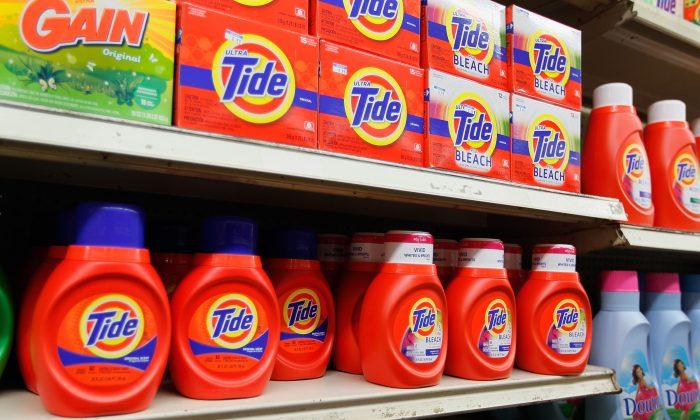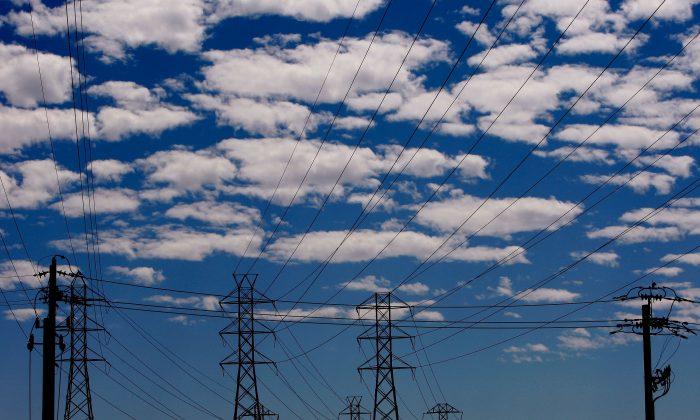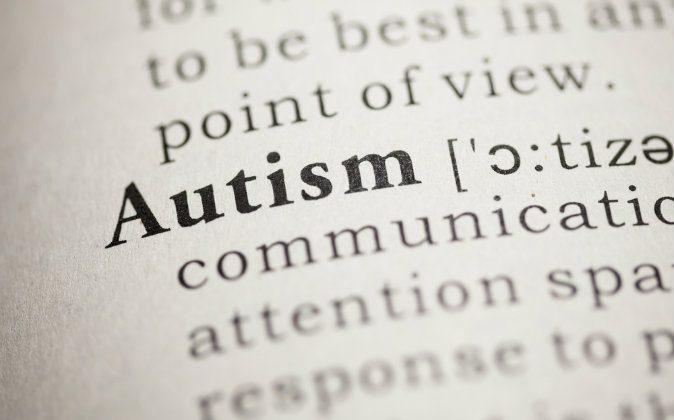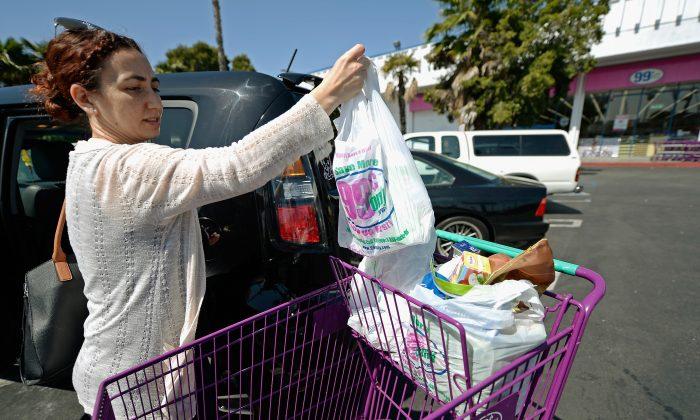The American Association of Poison Control Centers (AAPCC) is joining partners across the country to observe the annual National Poison Prevention Week, March 16–22.
“In 2008, poison became the leading cause of injury-related deaths in the U.S.,” according to the AAPCC.
This year the AAPCC’s areas of focus include “Children Act Fast … So Do Poisons,” because over one-half of poisonings happen to young children; “Poison Centers: Saving You Time and Money,” because every dollar spent toward poison centers saves over $13 in healthcare costs; “Poisonings Span a Lifetime,” because people of all ages can encounter poison; “Home, Safe Home,” for taking steps to create a safer home environment; and “Spotlight on Prescription Painkillers,” because around one-half of poisonings involve pharmaceuticals.
“Raising awareness plays a key role in prevention poison fatalities,” said Nancy L. Bock, Poison Prevention Week council chair and vice president at the American Cleaning Institute in an email. “Simple steps such as proper storage, keeping product containers closed and stored up, reduce the number of accidents significantly.”
Children aged 6 or younger made up 51 percent of poison exposure victims in 2012, according to the AAPCC’s 2012 Annual Report. Twenty-eight percent of poison exposures were adults between the ages of 20 and 59, 14 percent were children between 6 and 19, and 7 percent were adults aged 60 and above.
“We know that children act fast and so do poisons which is why the various council members work in partnership to help keep families safe,” added Bock.
People can be exposed to poison in a variety of ways. In 2012, 79 percent of poisonings were a result of ingestion, 7 percent were through contact with skin, 6 percent were from inhalation, 4 percent were due to contact with eyes, and 2 percent were from bites or stings.
The top five poison exposure substances for children 6 years or younger were cosmetics and personal care products (15 percent); household cleaning substances (10 percent); analgesics (10 percent); foreign bodies, toys, and miscellaneous (7 percent); and topical preparations (7 percent).
In 2012, around one-half of the poisonings were related to medications or pharmaceuticals. Other causes included household or automotive products, plants, mushrooms, pesticides, and animal bites and stings, and 94 percent of poisonings happened in the home, according to the AAPCC.
Approximately 3.3 million calls were made to U.S. poison centers in 2012, and more than 87 percent of those calls were managed on-site without referral to a healthcare facility, which resulted in savings of over $1.19 billion in medical expenses and lost productivity.
“Our nation’s 55 poison centers are committed to safeguarding the health and well-being of every American through poison prevention and free, confidential, expert information and advice,” said AAPCC Interim Executive Director John Fiegel, CAE, in a press release.
In the United States, 55 poison centers are open 24 hours a day, 7 days a week to help with poisoning emergencies and to answer questions about poison-related topics, medications, and substance abuse.
The Poison Help number is 1-800-222-1222.




Friends Read Free